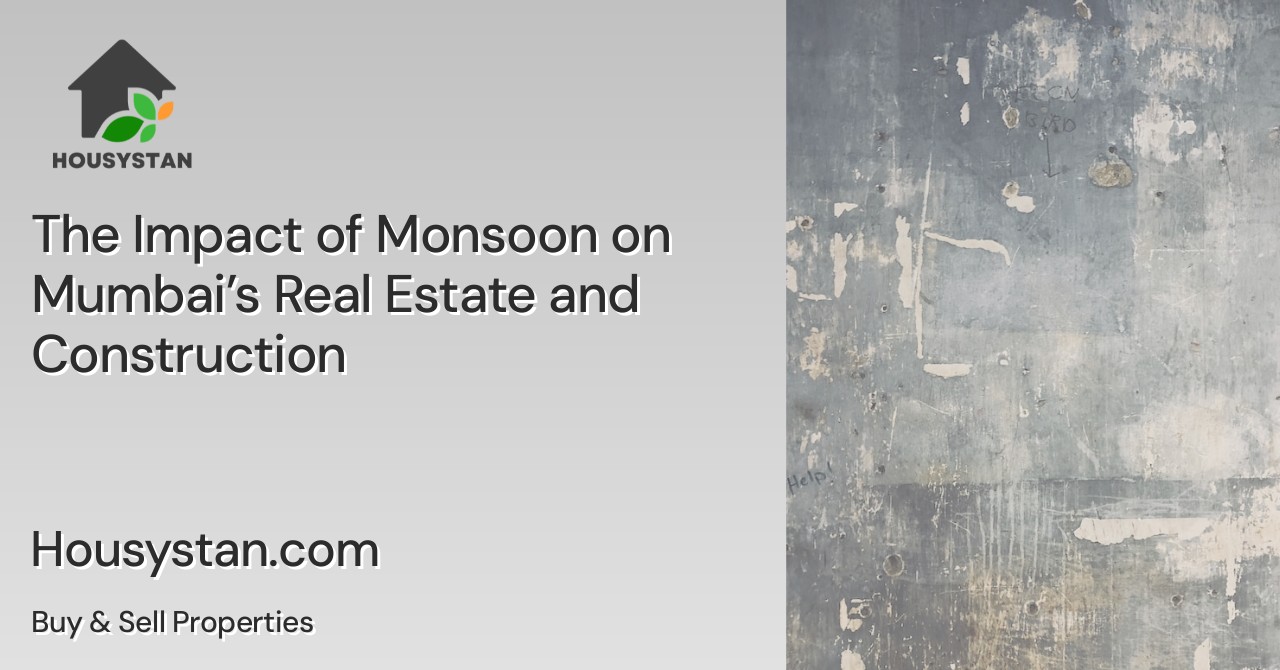The Impact of Monsoon on Mumbai’s Real Estate and Construction
Read latest blogs and articles from Housystan

The Information mentioned here was last updated on:
27/11/2025The arrival of the monsoon season in Mumbai significantly affects the city’s real estate and construction sectors. As the financial capital of India, Mumbai witnesses heavy rainfall from June to September, bringing both challenges and opportunities for property buyers, investors, and developers. Understanding the influence of the monsoon on Mumbai’s property market is crucial for those looking to make informed decisions within this bustling metropolis.
During the rainy months, construction activities often experience slowdowns due to waterlogging, transportation issues, and safety concerns. Building material deliveries can be delayed by flooded streets, while ongoing projects may face interruptions. Developers in Mumbai must plan schedules around the weather, sometimes extending deadlines to ensure structural integrity and worker safety. This seasonal slowdown can be an important consideration for those evaluating project completion timelines or investment opportunities across the city, from the suburbs to the island city.
For homebuyers, the monsoon season offers a unique advantage. Heavy rainfall exposes the true condition of properties, revealing issues like seepage, drainage problems, and waterproofing failures. Prospective buyers can inspect flats, villas, or commercial spaces during this period to assess how well buildings withstand harsh weather. Areas with efficient drainage, well-maintained roads, and robust infrastructure—such as Bandra, Powai, or Navi Mumbai—become more attractive during the monsoon, influencing property values and demand.
- Verified Tenants/Buyers
- Unlimited Property Listing
- Zero subscription/charges fee
Additionally, real estate prices in Mumbai often stabilize during the monsoon, as fewer buyers are actively searching for properties. This seasonal dip can create opportunities for savvy investors and end-users to negotiate favorable deals or discover hidden gems in popular neighborhoods like Andheri, Thane, or Chembur. Developers may also introduce special offers or flexible payment plans during this time to boost sales, making the monsoon an ideal period for property acquisition.
In conclusion, the monsoon has a profound impact on Mumbai’s real estate and construction landscape. While it brings certain obstacles, it also uncovers opportunities for buyers, investors, and developers who understand the city’s unique dynamics. Staying informed about local weather patterns, infrastructure, and market trends ensures that stakeholders can make strategic moves in Mumbai’s thriving real estate market, regardless of the season.